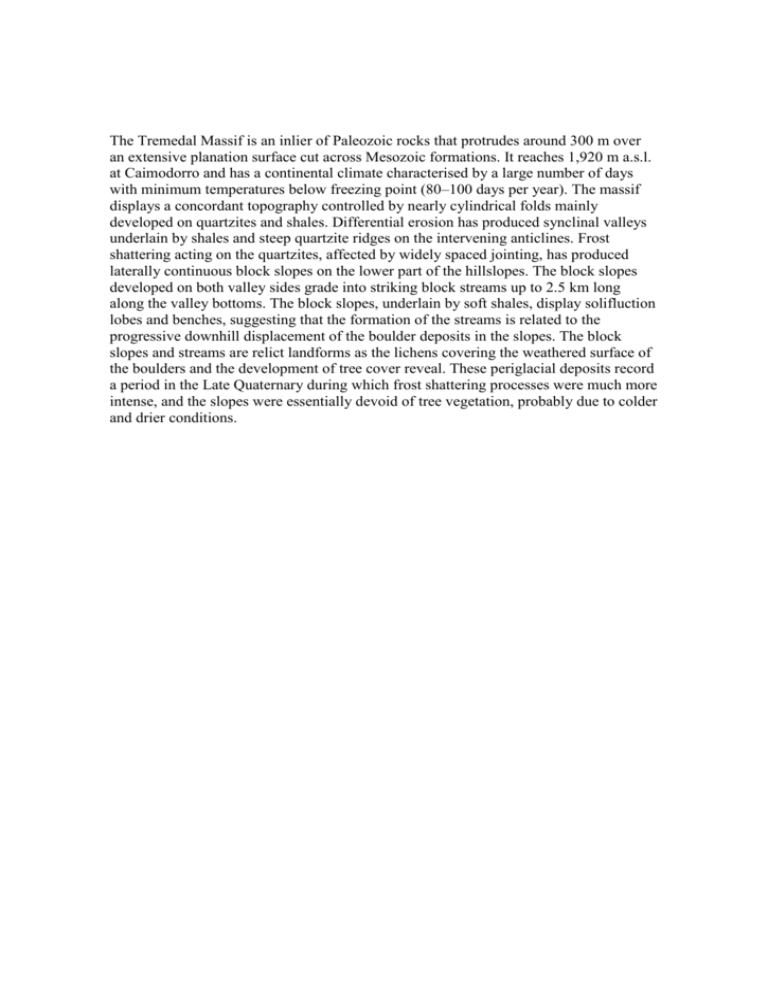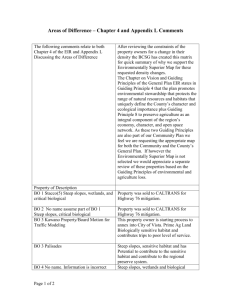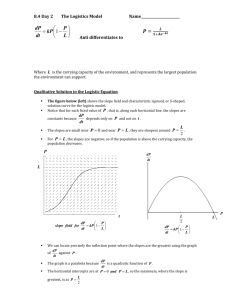The Tremedal Massif is an inlier of Paleozoic rocks
advertisement

The Tremedal Massif is an inlier of Paleozoic rocks that protrudes around 300 m over an extensive planation surface cut across Mesozoic formations. It reaches 1,920 m a.s.l. at Caimodorro and has a continental climate characterised by a large number of days with minimum temperatures below freezing point (80–100 days per year). The massif displays a concordant topography controlled by nearly cylindrical folds mainly developed on quartzites and shales. Differential erosion has produced synclinal valleys underlain by shales and steep quartzite ridges on the intervening anticlines. Frost shattering acting on the quartzites, affected by widely spaced jointing, has produced laterally continuous block slopes on the lower part of the hillslopes. The block slopes developed on both valley sides grade into striking block streams up to 2.5 km long along the valley bottoms. The block slopes, underlain by soft shales, display solifluction lobes and benches, suggesting that the formation of the streams is related to the progressive downhill displacement of the boulder deposits in the slopes. The block slopes and streams are relict landforms as the lichens covering the weathered surface of the boulders and the development of tree cover reveal. These periglacial deposits record a period in the Late Quaternary during which frost shattering processes were much more intense, and the slopes were essentially devoid of tree vegetation, probably due to colder and drier conditions.











